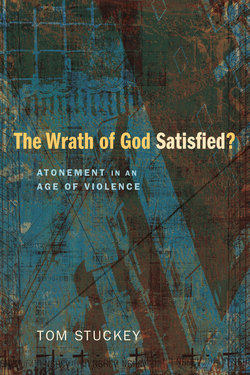Описание книги
What do Robben Island, Colonel Gadaffi, the earthquake in Haiti, the riots in London, credit crunch, child abuse, and the death of Christ have in common? They are all linked by the common thread of violence. Tom Stuckey reexamines the traditional theories of atonement, which he argues are contextual and utilitarian, as he searches for meaning and hope in these contemporary events.
In The Wrath of God Satisfied?, Tom Stuckey argues that because we live in a violent world, we should not dismiss the idea of the wrath of God or the disturbing metaphors of blood, debt, satisfaction, and sacrifice. While not subscribing to the theory of penal substitution, he does not dismiss it. Within a dynamic interpretation of the Trinity, the author draws on the insights of Athanasius, Anselm, Abelard, Luther, Calvin, Julian, Girard, Augustine, Barth, and contemporary theologians to show how divine wrath «being satisfied» poses the question of God in its most acute form. Stuckey sees God's wrath as a necessary shadow cast by the powerful light of hope and argues that wrath cannot be dismissed if justice is to be restored.
In The Wrath of God Satisfied?, Tom Stuckey argues that because we live in a violent world, we should not dismiss the idea of the wrath of God or the disturbing metaphors of blood, debt, satisfaction, and sacrifice. While not subscribing to the theory of penal substitution, he does not dismiss it. Within a dynamic interpretation of the Trinity, the author draws on the insights of Athanasius, Anselm, Abelard, Luther, Calvin, Julian, Girard, Augustine, Barth, and contemporary theologians to show how divine wrath «being satisfied» poses the question of God in its most acute form. Stuckey sees God's wrath as a necessary shadow cast by the powerful light of hope and argues that wrath cannot be dismissed if justice is to be restored.
